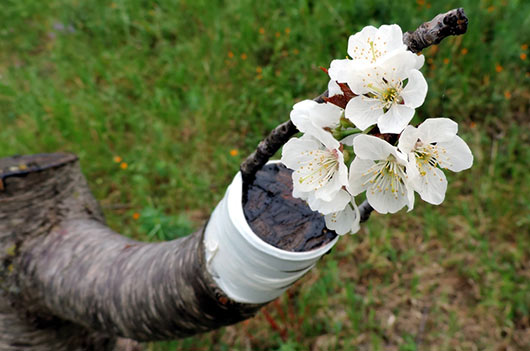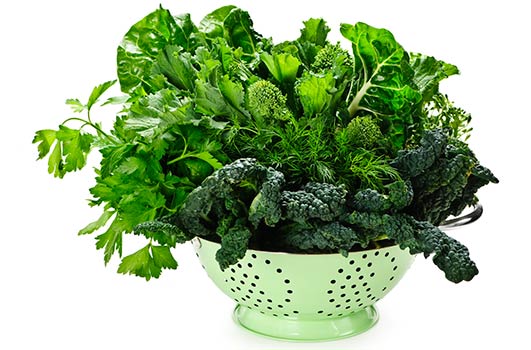
Updated April 27, 2018
Even if you don’t have a green thumb, planting fruit trees is surprisingly easy—as long as you do a little homework—and the numerous benefits make it well worth the effort. Planting a mini backyard orchard can be a great family project. It’s an excellent way to teach kids about trees, where food comes from and the responsibility of caring for a living thing. Even better, when they’re engaged in the process from seedling to harvest, they’ll be a lot more likely to want to enjoy the fruits of their labor. Not to mention that freshly picked produce is more nutritious and loaded with flavor in addition to helping the environment. And last, but certainly not least, it’s a huge money-saver in terms of food and energy costs. According to Dr. E. Greg McPherson of the Center for Urban Forest Research, “If you plant a tree today on the west side of your home, in 5 years your energy bills should be 3% less. In 15 years the savings will be nearly 12%.”
To get you started here are 10 key things you need to know about how to plant a fruit tree.
1. What to Plant
The first step is deciding what to plant. You can use the USDA Plant Hardiness Zone Map to figure out what trees will grow best in your climate and when to plant them. This Chart of Fruit & Nut Harvest Dates is another helpful planning tool. For first-time growers apple, citrus and cherry trees are hearty and relatively easy to care for.
Read Related: Garden Plans: Outdoor Tips as We Gear Up for Spring











